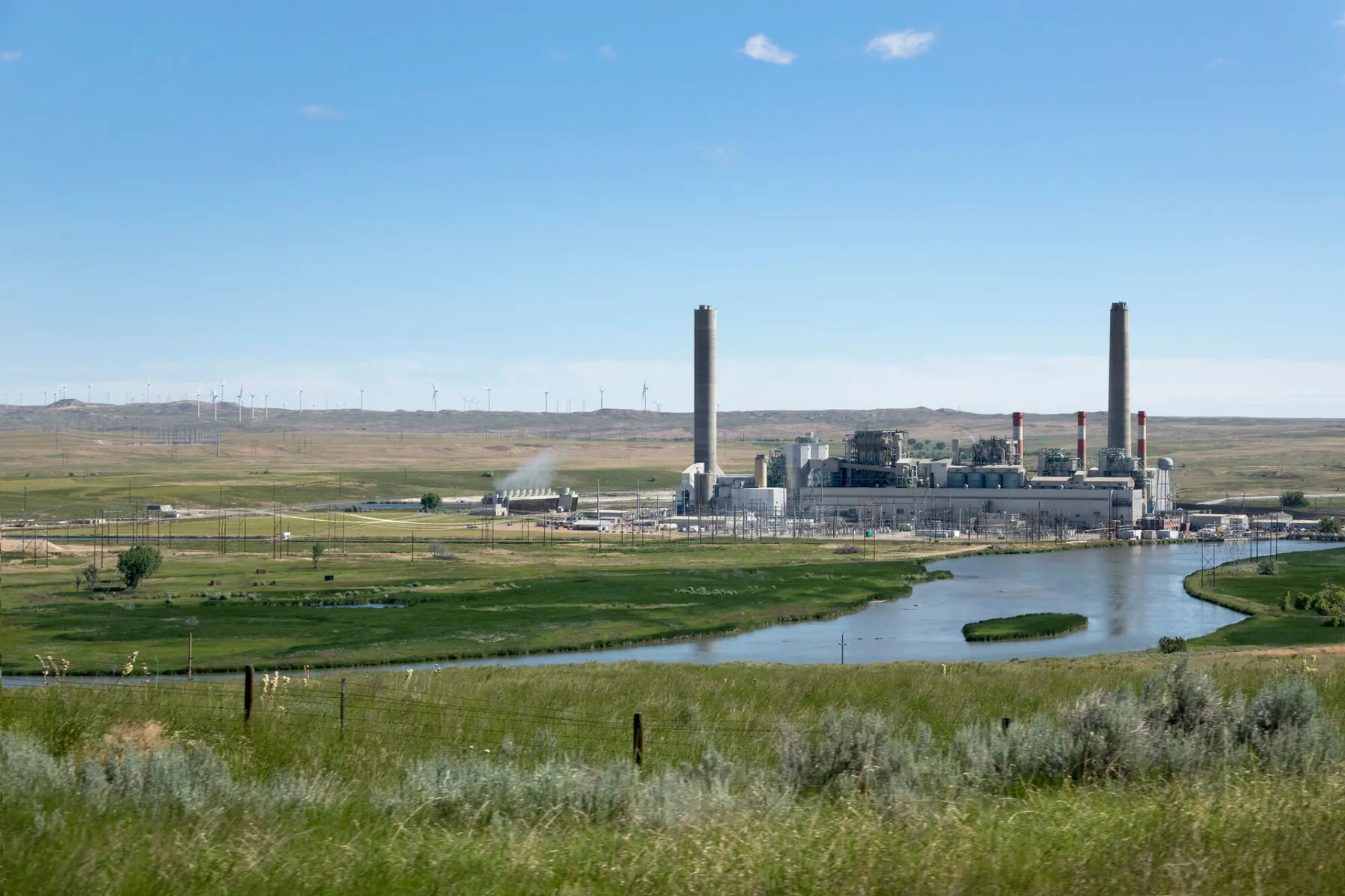Author: Diane Reilly and Angela Gordon | October 4, 2022
Background
One week after assuming office, President Biden issued an Executive Order on Tackling the Climate Crisis at Home and Abroad, which included a directive to the Environmental Protection Agency (EPA) to “strengthen enforcement of environmental violations with disproportionate impact on underserved communities through the Office of Enforcement and Compliance Assurance,” or OECA. As a result, OCEA formed an Enforcement Steering Committee consisting of six senior managers from OECA Headquarters and the Regions to evaluate types of programmatic inspections with an objective of increasing the number of facility inspections in overburdened communities. The OECA will also continue using its offsite compliance monitoring tools at facilities in areas with potential environmental justice (EJ) concerns.
With EPA Administrator Michael Regan overseeing the effort to strengthen enforcement and protections within EJ communities, the EPA established new inspection goals in its FY2022 – FY 2026 Strategic Plan. The plan notes how “effective targeting of compliance monitoring, including inspections in communities with environmental justice concerns, plays a critical role in achieving the goals EPA has set forth for protecting health and the environment.” The plan also established a goal of conducting “55% of annual EPA inspections at facilities that affect communities with potential environmental justice concerns” by September 30, 2026.

Areas with Potential EJ Concerns
While neither EPA nor OECA has a definition of an area with potential EJ concerns, they consider the 80th percentile threshold of EJ Index measures from its Environmental Justice Screening tool (EJScreen) as a starting point. EJScreen includes 11 EJ Index measures that combine environmental information, such as levels of particulate matter (PM) 2.5, with demographic information on percentages of minority individuals and low-income households. EPA provides an “EJ Summary” of EJ Index data on the website for the Enforcement and Compliance History Online (ECHO) Notification system developed by OCEA’s Office of Compliance. ECHO’s mapping tool flags those block groups with one or more EJ Index measure at or above the 80th percentile for either the US as a whole or the state.
New Inspections and Related Enforcement
Recognizing health, safety and manpower constraints, the OECA is expected to initially focus new inspections and related enforcement on concentrated industrial corridors or facilities with historic or ongoing compliance violations. However, unanticipated inspections may occur at any time as EPA expands outreach and programs in identified EJ communities. Ultimately, the inspections will focus on facilities in overburdened communities, particularly those with reported health impacts.
Companies operating in areas that the ECHO mapping tool flags should be certain to review their public compliance records in preparation of a possible inspection. An understanding of local demographics, the facility’s environmental and community impacts and reputation with local residents and regulators will preemptively identify opportunities to rectify any potential negative or damaging assessments.
In addition to the increased number of inspections in areas of EJ concern, the EPA has pledged to provide greater public access to compliance data to help communities better understand and manage risks. The EPA will increase engagement with communities so that communities and EPA can share resources and work together to improve compliance. The ECHO system serves to increase community access to EPA information and activity. Users can sign up to receive automated alerts about noncompliance in their local neighborhood, as well as updates on inspections.
To strengthen collaboration, the EPA Regional Offices have entered into agreements with state agencies to jointly advance EJ principles. While EPA staff will coordinate with state and local agencies, they have stated that, if needed, they will intervene where needed action is too slow or delayed. In order to expand and deploy EJ expertise, the EPA recently released a Request for Application with $100 million of funding, to launch new Thriving Communities Technical Assistance Centers throughout the United States. These training and outreach centers will help to identify EJ needs and community limitations.
Monitoring OECA’s Progress
Projects based in areas with potential EJ concerns (EJ Index > 80th percentile) may wish to monitor OECA’s progress towards achieving their expanded inspection goals to prepare for potential visits. As EPA partners with regional and state agencies, as well as community organizations and stakeholders, it would serve project managers well to connect with local community groups and organizations to ensure awareness of public concerns and issues being discussed in these forums. Some companies may even choose to track and engage local concerns regarding EJ compliance to assure their own understanding and planning within areas of concern.
Glossary of Abbreviations
| ECHO | Enforcement and Compliance History Online |
| EJ | Environmental Justice |
| EJScreen | Environmental Justice Screening Tool |
| EPA | US Environmental Protection Agency |
| OCEA | Office of Compliance and Enforcement Assurance |
How Can TRC Help?
TRC is prepared to help clients evaluate asset portfolios and potential facility sites to identify potential EJ concerns based on EPA metrics. TRC supports clients as they navigate this complex and evolving landscape, focusing on solutions that address the issues and reflect an understanding of our clients’ business. Accordingly, clients can look to TRC for the informed and pragmatic support they will need to position themselves favorably as EPA’s Strategic Plan unfolds.
Related Materials
 TRC Expert Services
TRC Expert Services
Published June 20, 2022
 Tackling the Climate Crisis at Home and Abroad
Tackling the Climate Crisis at Home and Abroad
Published
 Climate Action and Environmental Justice are at the Forefront of EPA’s Strategic Plan
Climate Action and Environmental Justice are at the Forefront of EPA’s Strategic Plan
Published
 EPA’s EJScreen
EPA’s EJScreen
Published
 EPA’s ECHO
EPA’s ECHO
Published
 FY2022 – FY 2026 Strategic Plan
FY2022 – FY 2026 Strategic Plan
Published
Sharing Our Perspectives
Our practitioners share their insights and perspectives on the trends and challenges shaping the market.

Evaluating Recent Clusters of Silicosis in Engineered Stone Workers
July 7, 2025
Engineered stone has become the most popular countertop material in the U.S. While its high silica content has raised health exposure concerns, these operations can be performed safely. Recent clusters of silicosis highlight the health implications if proper protocols and controls are not implemented.

Creating Lasting Value While Preparing for California’s Approaching Climate Disclosure Laws (SB253 and SB261)
June 17, 2025
Prepare for California’s new climate disclosure laws (SB253 & SB261) with guidance to turn compliance into long-term business value.
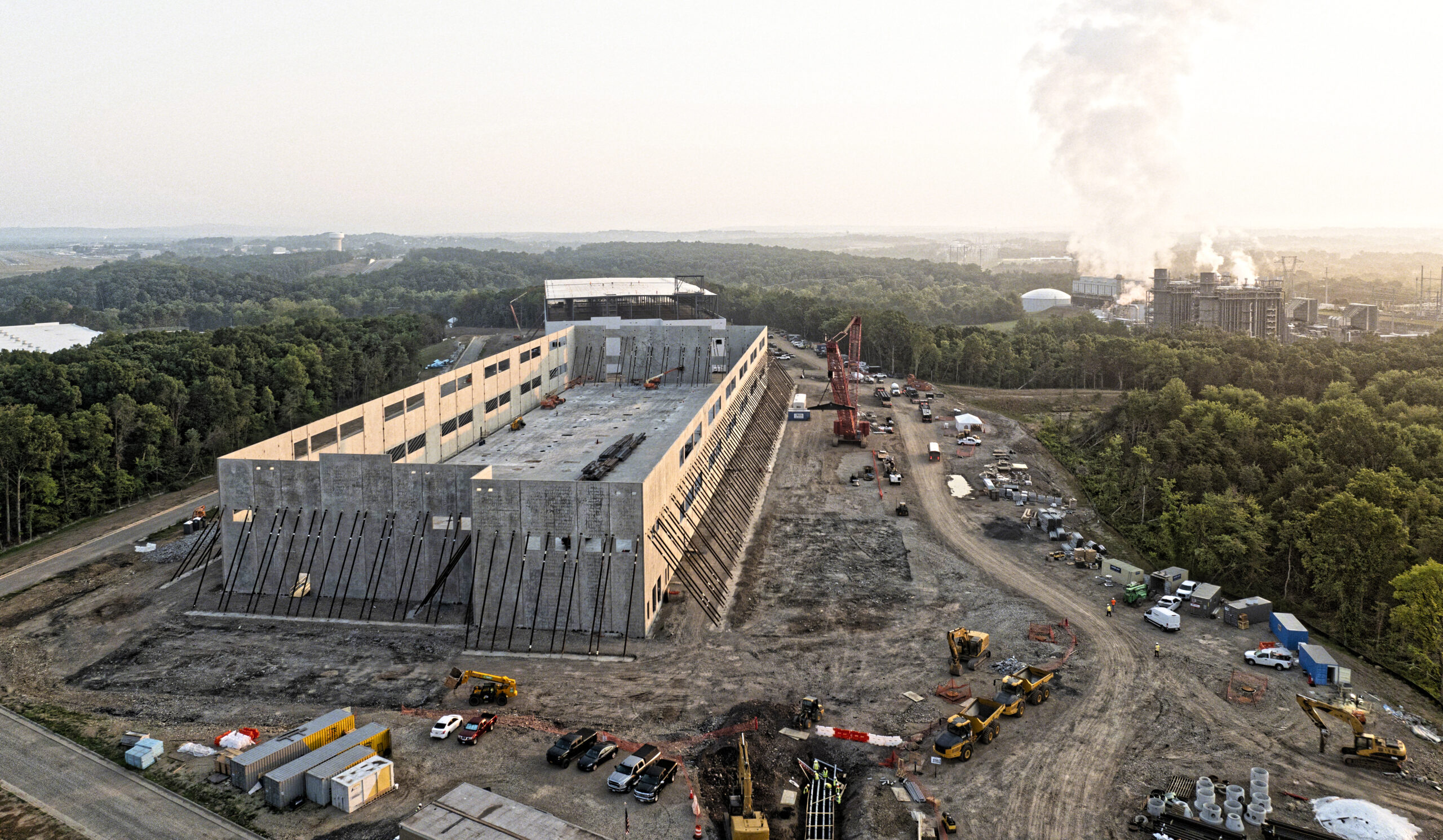
FERC Examines Co-Located Load and Generation Rule
April 21, 2025
Since FERC hosted its technical conference in late 2024, many industry stakeholders have submitted their comments addressing how to study and potentially regulate new co-located load and generation.
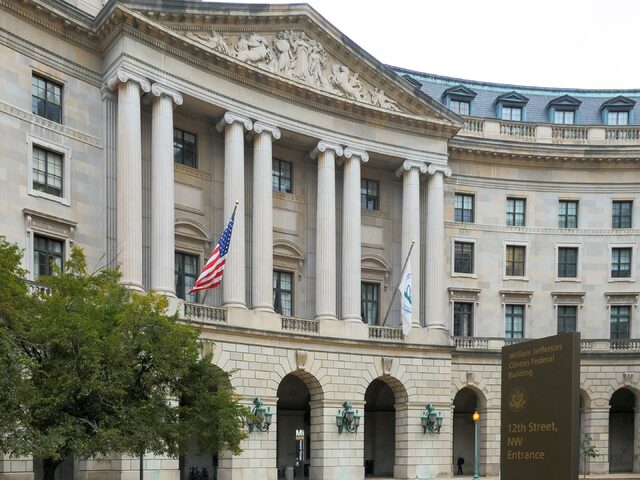
EPA Unveils Largest Deregulatory Initiative in U.S. History
April 1, 2025
Environmental Protection Agency (EPA) Administrator Lee Zeldin has announced the Agency’s plan to undertake 31 deregulatory actions with the stated goal of driving down the cost of living for Americans and revitalizing the American energy and auto industry.

PM2.5 Annual NAAQS Revised
May 7, 2024
The U.S. EPA issued a final rule based on its reconsideration of its 2020 decision to retain the primary and secondary National Ambient Air Quality Standards (NAAQS) for particulate matter (PM) without revision.
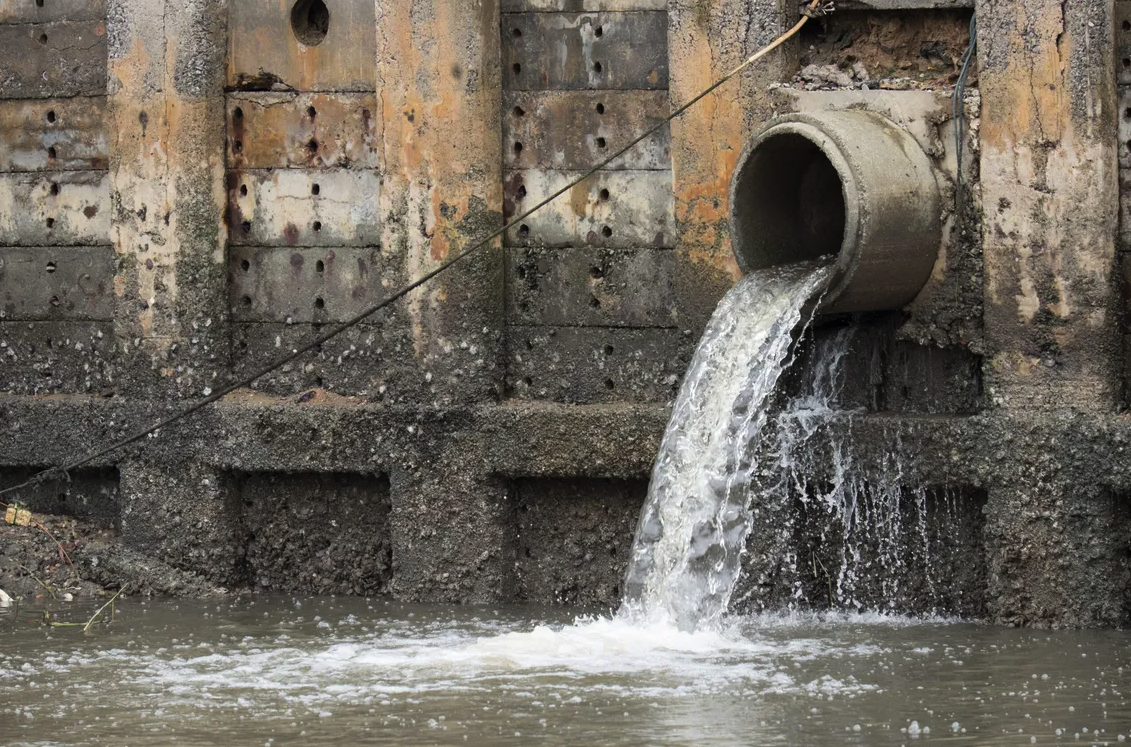
NJDEP Issues Stormwater Management Updates and Amendments
April 12, 2024
The New Jersey Department of Environmental Protection (NJDEP) recently issued two new requirements pertaining to its New Jersey Pollutant Discharge Elimination System (NJPDES) program that affect municipality mapping requirements and the sizing of new stormwater management practices.

Changes to EPA’s Risk Management Program (RMP) Regulations Are Here
April 3, 2024
Changes to the Risk Management Program (RMP) regulations were signed into a final rule on February 27, 2024, by EPA Administrator Michael S. Regan.

Are You Prepared for 2024 TSCA Chemical Data Reporting?
October 9, 2023
Chemical Data Reporting (CDR), like the Olympics, occurs every four years, and then most facilities move on to more pressing environmental, health and safety (EHS) matters.

Intro to NERC Regulatory Guidance on Inverter-Based Resources
August 29, 2023
As renewable energy proliferates across the US power system, the North American Electric Reliability Corporation (NERC) continues to actively address reliability risks resulting from the implementation of inverter-based resources (solar and wind generation technology) connected at both transmission and Distributed Energy Resources (DER) levels.

Proposed Use of a Hazard Index for PFAS National Primary Drinking Water Regulation (NPDWR)
April 4, 2023
The Proposed MCL and MCLG for the four PFAS, PFNA, PFHxS, GenX, and PFBS, considers their toxicity as additive. The EPA has proposed a HI of 1.0 as the MCL and MCLG for the four PFAS combined.
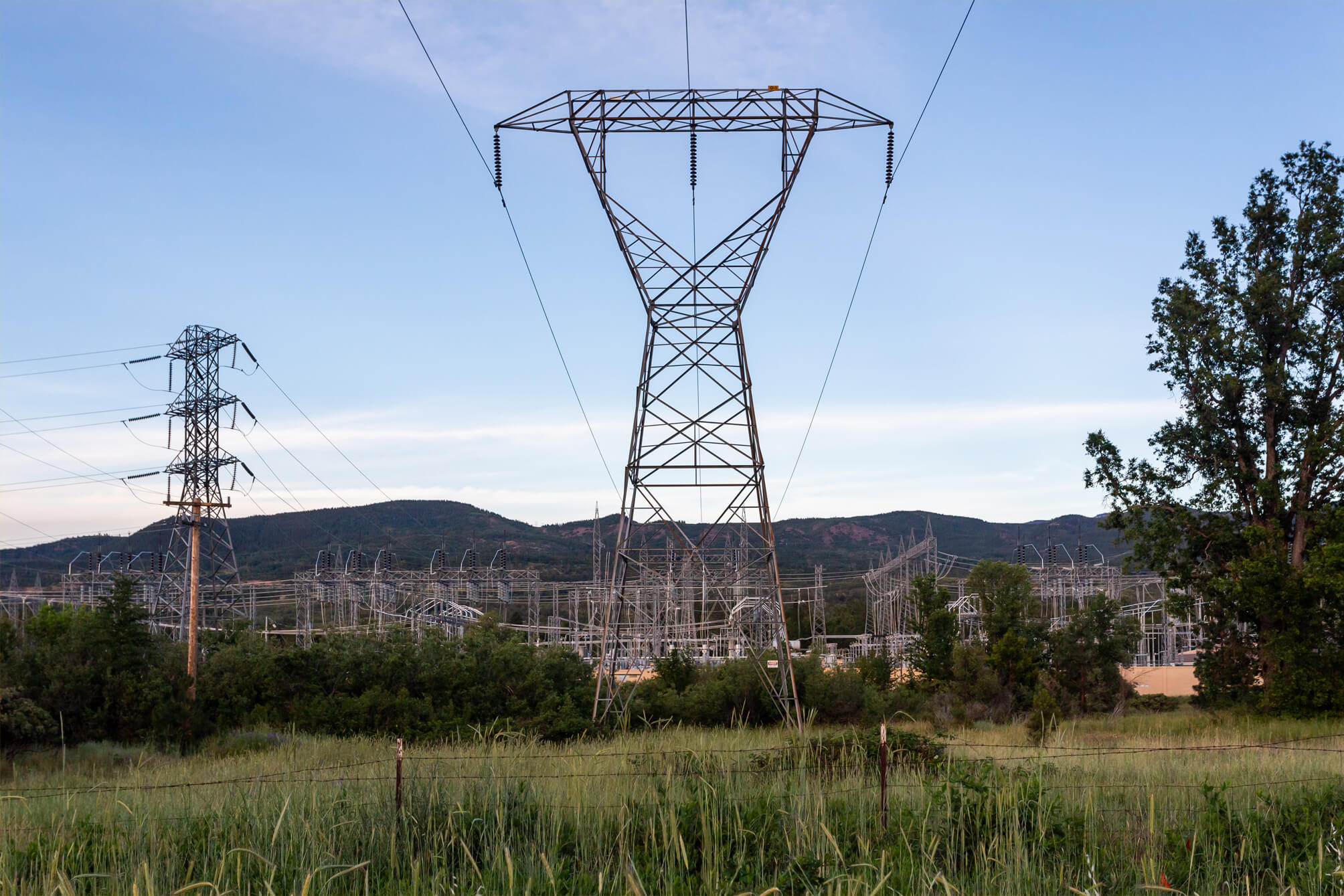
NERC Releases Inverter-Based Resource Strategy Plan
October 25, 2022
The North American Electric Reliability Corporation (NERC) recently released an Inverter-Based Resource (IBR) Strategy, which details the steps needed to successfully integrate IBR facilities into the planning and operation of the power system. The strategy was put in place due to the rapid interconnection of IBR systems, which are extensively used for solar and wind generating facilities, including new battery-based energy storage systems and are one of the most significant drivers of power grid transformation. Because of control system inconsistencies, IBR facilities pose well-documented risks to power system reliability when this strategy’s practices are not adhered to. NERC’s plan calls attention to the need for thoughtful integration of IBRs and identifies current and future work required to mitigate reliability risks resulting from the deployment of this technology.

NERC Releases 2022 State of Reliability Report
September 16, 2022
The North American Electric Reliability Corporation (NERC) recently released its 2022 State of Reliability report, which examines power system performance in calendar year 2021 and evaluates reliability performance trends. The 2022 report identified six key findings regarding power system performance that are summarized as follows:

NERC Proposes Implementation Guidance for PRC-019-2
August 22, 2022
NERC has proposed implementation guidance for PRC-019-2, the standard that verifies coordination of generating unit facility or synchronous condenser voltage regulating controls, limit functions, equipment capabilities and protection system settings.

Revisions to FAC-001 and FAC-002 Submitted for FERC Approval
July 12, 2022
Reliability Standards FAC-001-4 and FAC-002-will resolve uncertainty regarding the meaning of “materially modify” under the currently effective standards.

FERC Order No. 881-A Has Implications for NERC Compliance Programs
June 23, 2022
Updated Order will have significant impact on NERC compliance programs related to both PRC standards and facilities ratings. Utilities should review the Order’s requirements and prepare for changes needed to remain compliant.

Climate Action and Environmental Justice are at the Forefront of EPA’s Strategic Plan
June 14, 2022
The EPA issued its Fiscal Year 2022-2026 Strategic Plan. Although the strategic plans emphases often change with administrations, we can be reasonably certain that the Plan reflects priorities through 2024.

NERC’s Revised PRC-024-3 Standard for Inverter-Based Generation Effective in October 2022
May 11, 2022
Changes to PRC-024-3 in support of inverter-based generation performance are going into effect in October of this year. Interconnection programs and documentation procedures may need to be updated in order to maintain compliance.

FERC Issues Notice of Inquiry Regarding Dynamic Line Ratings
April 25, 2022
There are significant technical challenges involved in implementing Dynamic Line Ratings in the planning and operation of utility systems. Utilities should be prepared to modify their NERC compliance programs as necessary to address the potential introduction of DLR in their businesses.

New NERC Guidance Supports the Implementation of Grid Forming Inverters
March 8, 2022
NERC has issued a new report highlighting the key attributes of various inverter controls to support proper implementation and to protect reliability.

NERC Recommends Approaches for Underfrequency Load Shedding Programs
February 24, 2022
In a recently released reliability guideline, NERC recommends additional approaches for Underfrequency Load Shedding (UFLS) program design to help utilities effectively consider the effects of Distributed Energy Resources (DERs). The guidance was developed to address the accelerated transition of the power system to locally installed, decarbonized resources that depend on inverters. These new technologies introduce operational controls issues into the electric grid. UFLS data gathering and analysis methodologies may require modification to address reliability risks.
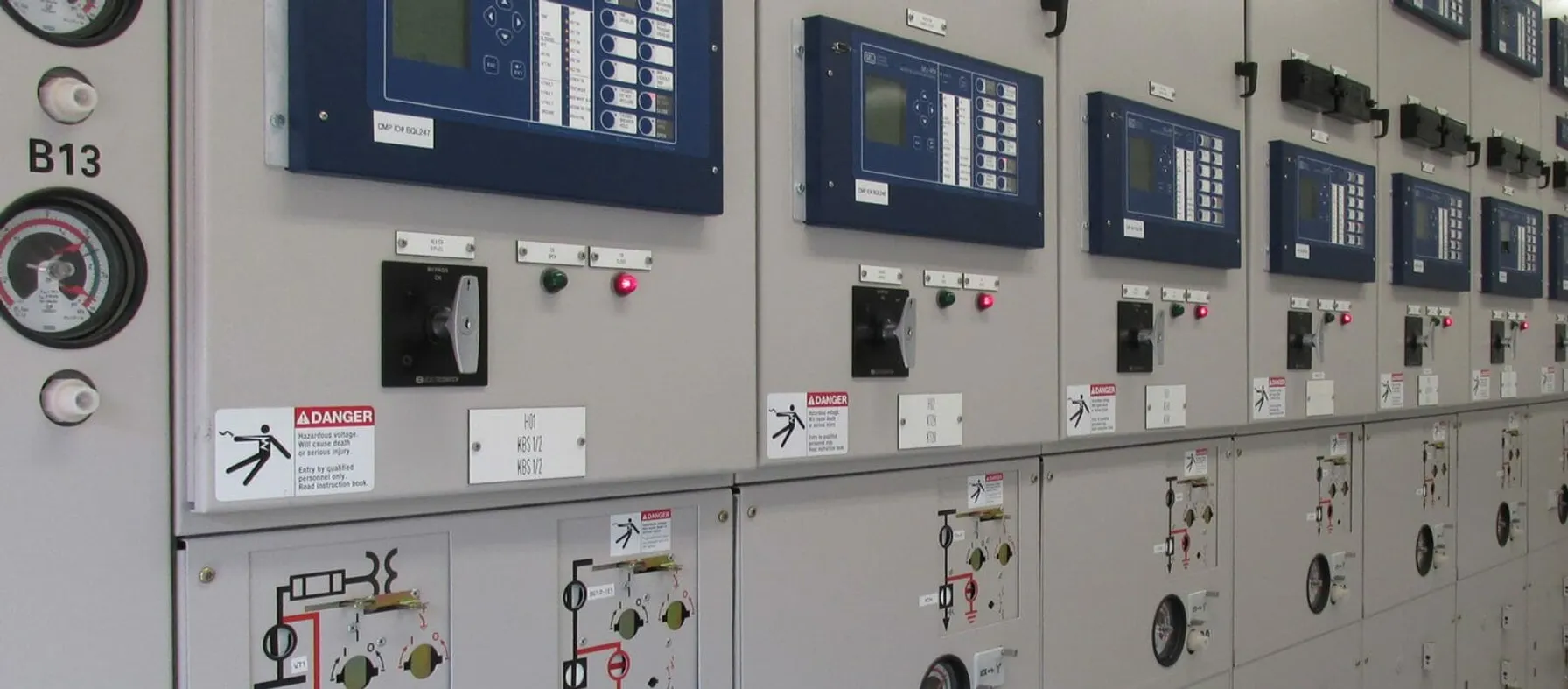
NERC and FERC Recommend Protection System Commissioning Improvements
January 18, 2022
Between 18 and 36 percent of reported utility misoperations were attributed to issues that could have been detected through a properly implemented PSC.

FERC & NERC Issue Joint Report on Freeze Reliability Failures
December 15, 2021
The in-depth report outlines twenty-eight recommendations to address freeze reliability failures, including operating practices and recommendations for NERC standards modifications surrounding generator winterization and gas-electric coordination.
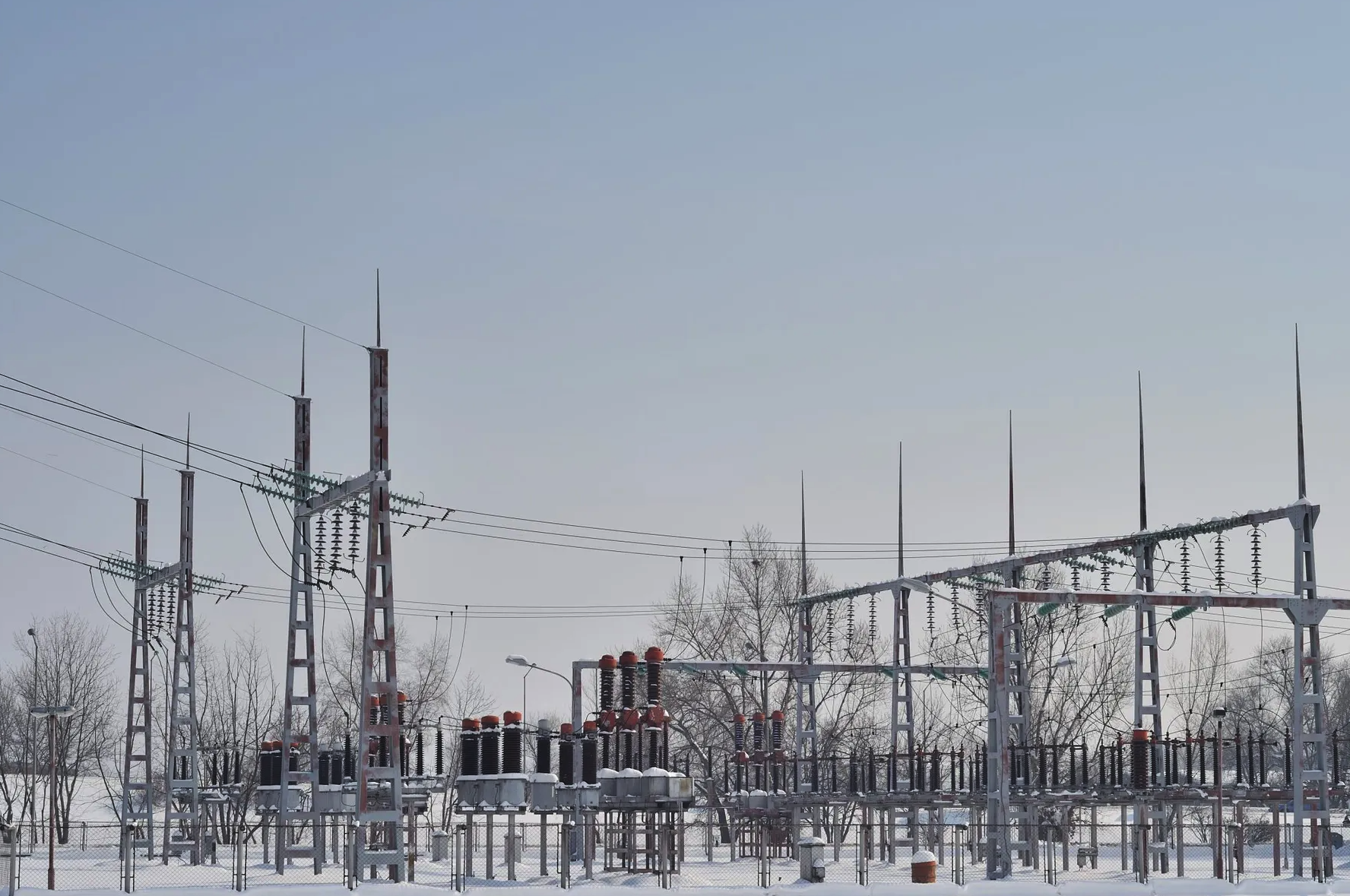
NERC Accelerates Additional Cold Weather Standards Changes
November 22, 2021
At its November 2021 meeting, NERC’s Board of Trustees took aggressive action to advance critical cold weather Reliability Standards. Most notably, the group approved the 2022-2024 Reliability Standards Development Plan, which prioritizes standards projects for the coming years including a resolution to include new cold weather operations, preparedness and coordination standards as high priority development projects.

PRC-002-2 Disturbance Monitoring and Reporting Standard: Initial Mandatory Implementation Plan Dates Approach
November 18, 2021
The Federal Energy Regulatory Commission approved PRC-002-2 in September, 2015. The initial due date for system studies necessary to identify locations for the collection of disturbance related data under Requirement R1 is January 1, 2017.

OSHA’s National Emphasis Program on Heat-Related Illness and Injuries
November 3, 2021
On September 20, 2021 in an OSHA National News Release, OSHA published a memorandum establishing an enforcement initiative that is designed to prevent and protect employees from heat-related illnesses and death. This initiative, which develops a National Emphasis Program (NEP) on heat inspections, is an expansion of an already existing Regional Emphasis Program (REP) in OSHA’s Region VI, which covers Arkansas, Louisiana, New Mexico, Oklahoma and Texas.

New Potential Compliance Standards Identified at FERC Technical Conference on Reliability
October 18, 2021
With a focus on the reliability impact of extreme weather and the shortcomings of current system planning approaches, both NERC and FERC conference participants opened the door to potential forthcoming compliance standard enhancements or changes.

NJDEP Implements New Jersey Environmental Justice Law Through Administrative Order
October 5, 2021
On September 22, 2021, the New Jersey Department of Environmental Protection (NJDEP) Commissioner announced the issuance of Administrative Order (AO) No. 2021-25 to implement New Jersey’s Environmental Justice (EJ) Law. This order is effective immediately, and applicants seeking to site new major source facilities, renew major source permits or expand existing facilities with major source permits (e.g., Title V air permits) in overburdened communities are affected. There are more than 4.5 million people that live within 331 municipalities that are overburdened communities in the state of New Jersey.

OSHA Returns to In-Person Inspections As COVID-19 Restrictions Lift
August 4, 2021
The Occupational Safety and Health Administration (OSHA) is authorized by the Occupational Safety and Health Act of 1970 (OSH Act) to assure employers provide safe and healthful work conditions free of recognized hazards and by setting and enforcing standards and providing training, outreach, education and technical assistance. OSHA has recently announced the return to in-person inspections as COVID-19 restrictions begin to lift.

NERC Proposes Revisions to CIP-008
March 27, 2021
NERC’s CIP-008 standard aims to mitigate reliability risks resulting from a Cyber Security Incident by specifying incident response requirements. Newly proposed revisions would augment mandatory reporting to include incidents that compromise, or attempt to compromise, a utility’s Electronic Security Perimeter (ESP) or associated Electronic Access Control or Monitoring Systems (EACMS).

NERC Releases 2021 Compliance Monitoring and Enforcement Findings
February 8, 2021
NERC’s 2021 Compliance Monitoring and Enforcement Program reframes the previous year’s risks and their associated areas of focus. Utilities should review their compliance programs and internal controls to determine if enhancement or changes are need to maintain compliance.

2020 TSCA Chemical Data Reporting (CDR)
December 7, 2020
Earlier this year, EPA revised the CDR rule to reflect the 2016 amendments to TSCA, including changes for foreign-owned businesses and the reporting responsibilities of suppliers and contractors, as well as an exemption for small businesses.

Integrity Dig Integrated Services
August 4, 2020
Our Integrity Engineers, Surveyors, Right-of-Way Experts and Environmental Scientists are well-versed in all phases of integrity dig programs from preparing the pipeline for a tool run, interpreting results, verifying proper repair procedures and obtaining federal and state environmental approvals. Our team includes former pipeline operators, survey experts, PHMSA and environmental regulators and trainers. We developed the current ILI training curriculum for PHMSA’s training program.
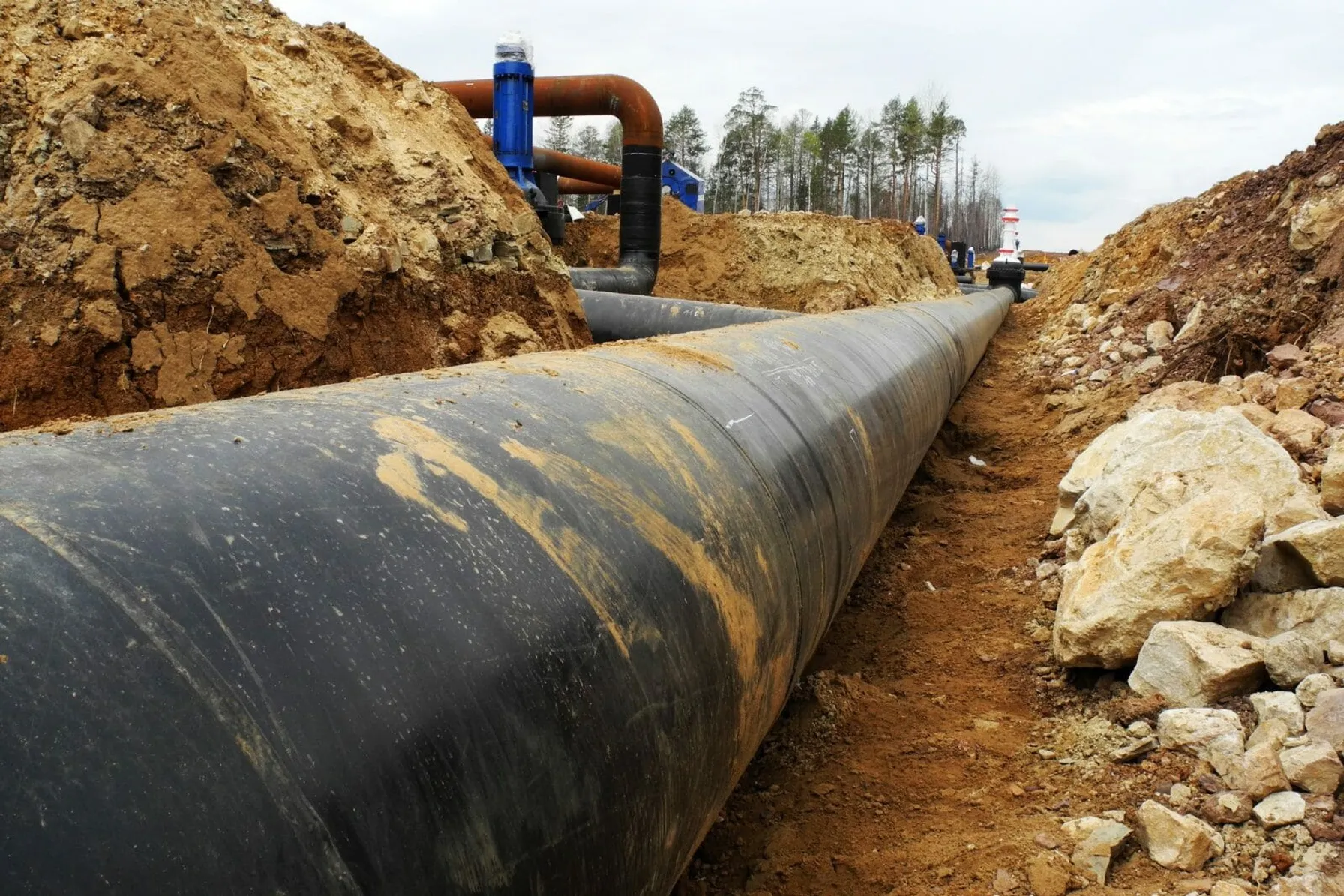
Targeting Perfection in the Construction and Operation of Pipelines
October 18, 2019
To have an impact on the delivery or operation of a pipeline, it’s vital to eliminate the intra- and inter-company barriers, including those in the areas of communications, culture and technology.

PHMSA Publishes New Rules to Increase the Safety of Hazardous Liquid Pipelines and Gas Transmission Pipelines
September 25, 2019
The Pipeline and Hazardous Materials Safety Administration this week published important new rules aimed at improving pipeline safety.

NERC Calls for New Approach to Reliability Planning Due to Gas Supply Disruption Risks
December 14, 2017
A recently published NERC report concludes that as reliance on natural gas to meet electric generation requirements increases, additional planning and operational measures must be considered to mitigate power system reliability risks.

Diane Reilly
Ms. Reilly has over 25 years of experience in environmental consulting as an Economist and leads TRC’s Environmental Justice CORE team. She supports TRC’s clients through socioeconomic and environmental justice analyses, helping them proactively identify challenges and navigate regulatory requirements. She works alongside other subject matter experts to provide integrated services involving technical studies, public engagement plans, agency consultation, tribal coordination, and environmental compliance strategy and support services. Ms. Reilly also specializes in economic impact analyses and evaluates socioeconomic and recreational impacts. She has extensive NEPA experience, having authored EA and EIS sections for FERC, USACE, FRA, FHWA and NPS. Contact Diane at DReilly@trccompanies.com.

Angela Gordon
Angela Gordon, a member of TRC’s ESG/Climate Advisory practice, has worked in the electric, natural gas, and water industries for almost 30 years. She has expertise in legislative and regulatory issues, industry reforms, and decarbonization program design and implementation. Ms. Gordon is interested in technological and market opportunities to support our clients’ resiliency, climate solutions, and decarbonization goals in light of mandated and market-driven policies and stakeholder needs. Contact Angela at AGordon@TRCCompanies.com.








